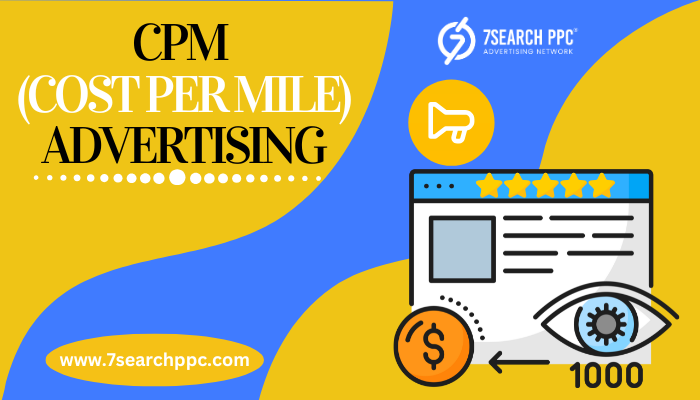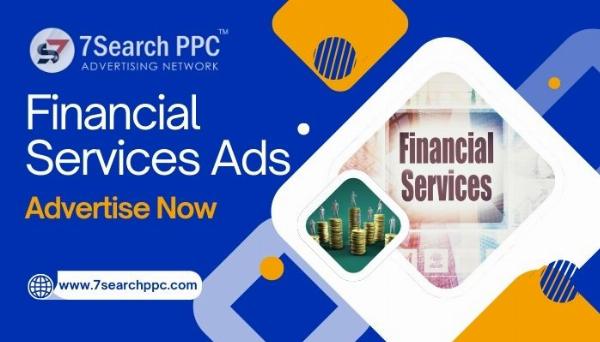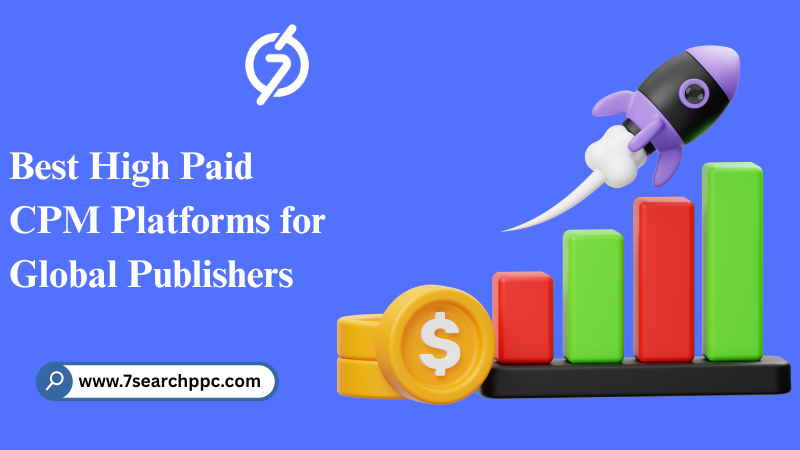CPM Traffic: What You Need to Know to Stay Safe

Strong 8k brings an ultra-HD IPTV experience to your living room and your pocket.
Online advertising has become a cornerstone of modern marketing, offering businesses numerous ways to reach their target audience. One of the most widely used methods is CPM (Cost Per Thousand Impressions) traffic. Understanding CPM traffic and its safety implications is crucial for any business looking to leverage online ads effectively. This guide will provide insights into what CPM traffic entails, the benefits and risks, and how to stay safe while using it.
✍️ For businesses running large-scale campaigns, CPM ads provide valuable exposure by prioritizing impressions over direct engagement. Learn how this model compares to CPC and CPA, and why it remains essential for brand-building in digital marketing.
What is CPM Traffic?
CPM traffic refers to a pricing model used in online advertising where advertisers pay for every thousand impressions their ad receives. An "impression" occurs each time an ad is displayed to a user, regardless of whether the user interacts with it. CPM is a common metric in digital marketing because it allows advertisers to budget for and measure the reach of their campaigns efficiently.
How Does CPM Traffic Work?
In CPM advertising, you bid on ad space, and your ad is displayed a certain number of times based on your bid amount. For example, if the CPM rate is $5, you pay $5 for every 1,000 times your ad is shown. This model is particularly useful for brand awareness campaigns where the primary goal is to get the ad in front of as many eyes as possible.
Benefits of CPM Traffic
Wide Reach
CPM campaigns are excellent for increasing brand visibility. Since you pay for impressions, your ad is guaranteed to be seen by a large audience.
Predictable Costs
CPM pricing allows for easier budgeting and forecasting, as you know exactly how much you're paying for a set number of impressions.
Flexibility
This model can be used across various ad formats, including banners, videos, and rich media ads.
Risks of CPM Traffic
While CPM traffic offers many benefits, there are also risks involved that advertisers need to be aware of to stay safe and ensure their campaigns are effective.
Ad Fraud
One of the most significant risks with CPM traffic is ad fraud, where impressions are generated by bots rather than real users. This can lead to wasted ad spend.
Low Engagement
Paying for impressions doesn't guarantee user engagement. An ad might be displayed thousands of times, but if it doesn't resonate with the audience, the campaign can fail to drive meaningful results.
Viewability Issues
Not all impressions are created equal. Some ads might be displayed in positions where they are not easily seen by users, reducing their effectiveness.
How to Stay Safe with CPM Traffic
To maximize the benefits of CPM traffic while mitigating risks, consider the following strategies:
Partner with Reputable Ad Networks
Choosing reputable ad networks can significantly reduce the risk of ad fraud and ensure your ads are displayed in high-quality environments. Look for networks with robust anti-fraud measures and transparency in reporting.
Use Ad Verification Tools
Ad verification tools can help ensure your ads are being shown to real users and in the correct placements. These tools can detect and prevent ad fraud, improving the overall quality of your CPM campaigns.
Optimize Ad Creative and Placement
Creating engaging ad content and placing it in relevant contexts can increase the chances of user interaction. Test different creatives and placements to see what works best for your target audience.
Monitor Campaign Performance
Regularly monitoring your CPM campaigns allows you to identify and address any issues quickly. Keep an eye on metrics such as viewability, click-through rates, and engagement to ensure your campaigns are performing as expected.
Set Clear Objectives
Before launching a CPM campaign, define clear objectives. Are you aiming for brand awareness, lead generation, or sales? Having clear goals will help you measure the success of your campaign and make necessary adjustments.
Conclusion
CPM traffic is a powerful tool in the arsenal of online advertising. It offers the ability to reach a broad audience and build brand awareness effectively. However, it also comes with risks, such as ad fraud and low engagement. By partnering with reputable ad networks, using ad verification tools, optimizing ad creatives, and closely monitoring campaign performance, you can mitigate these risks and maximize the benefits of CPM traffic. Understanding and implementing these best practices will help ensure that your CPM campaigns are safe and successful, driving the results your business needs.
FAQs
What is the difference between CPM and CPC?
Ans. CPM (Cost Per Thousand Impressions) charges based on the number of times an ad is displayed, while CPC (Cost Per Click) charges each time someone clicks on your ad. CPM is generally used for brand awareness campaigns, while CPC is preferred for direct response campaigns.
How can I prevent ad fraud in CPM campaigns?
Ans. Preventing ad fraud involves partnering with reputable ad networks, using ad verification tools, and continuously monitoring your campaigns for unusual activity. Investing in these measures can help ensure that your ads are being seen by real users.
What are some common metrics to track in CPM campaigns?
A3: Key metrics to track in CPM campaigns include impressions, viewability rate, click-through rate (CTR), engagement rate, and return on investment (ROI). These metrics will help you gauge the effectiveness of your campaign and make informed decisions.
Is CPM traffic suitable for all types of businesses?
Ans.CPM traffic can be beneficial for many types of businesses, especially those looking to increase brand awareness. However, it may not be as effective for businesses with a primary goal of driving direct sales or leads, where CPC or CPA (Cost Per Action) models might be more appropriate.
Can I use CPM traffic for retargeting?
A5: Yes, CPM traffic can be effectively used for retargeting. By showing ads to users who have previously interacted with your brand, you can reinforce your message and increase the likelihood of conversions.
Note: IndiBlogHub features both user-submitted and editorial content. We do not verify third-party contributions. Read our Disclaimer and Privacy Policyfor details.






